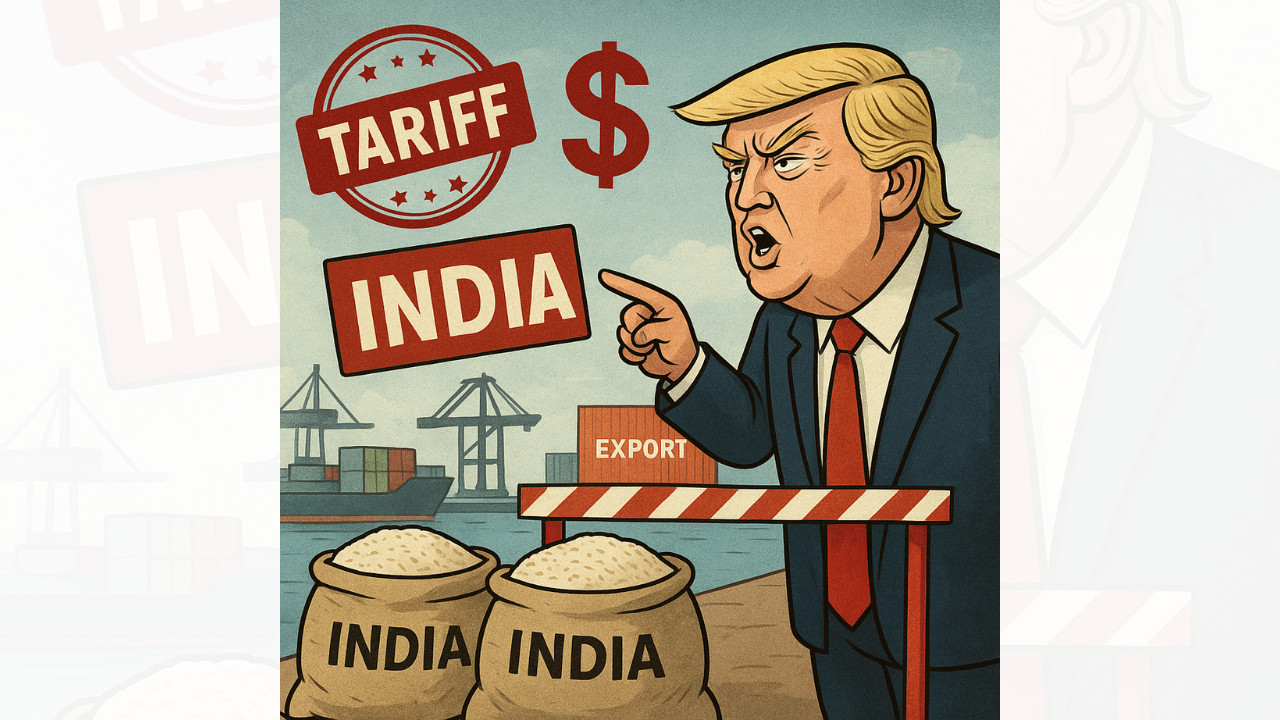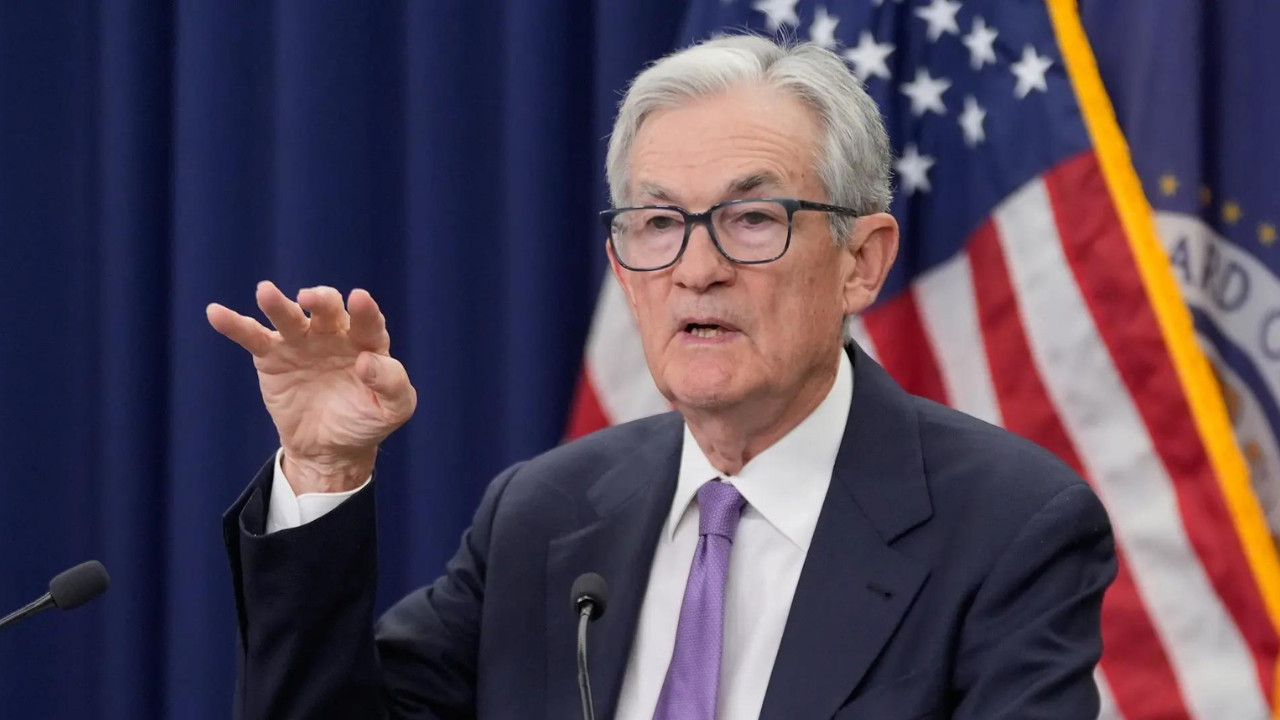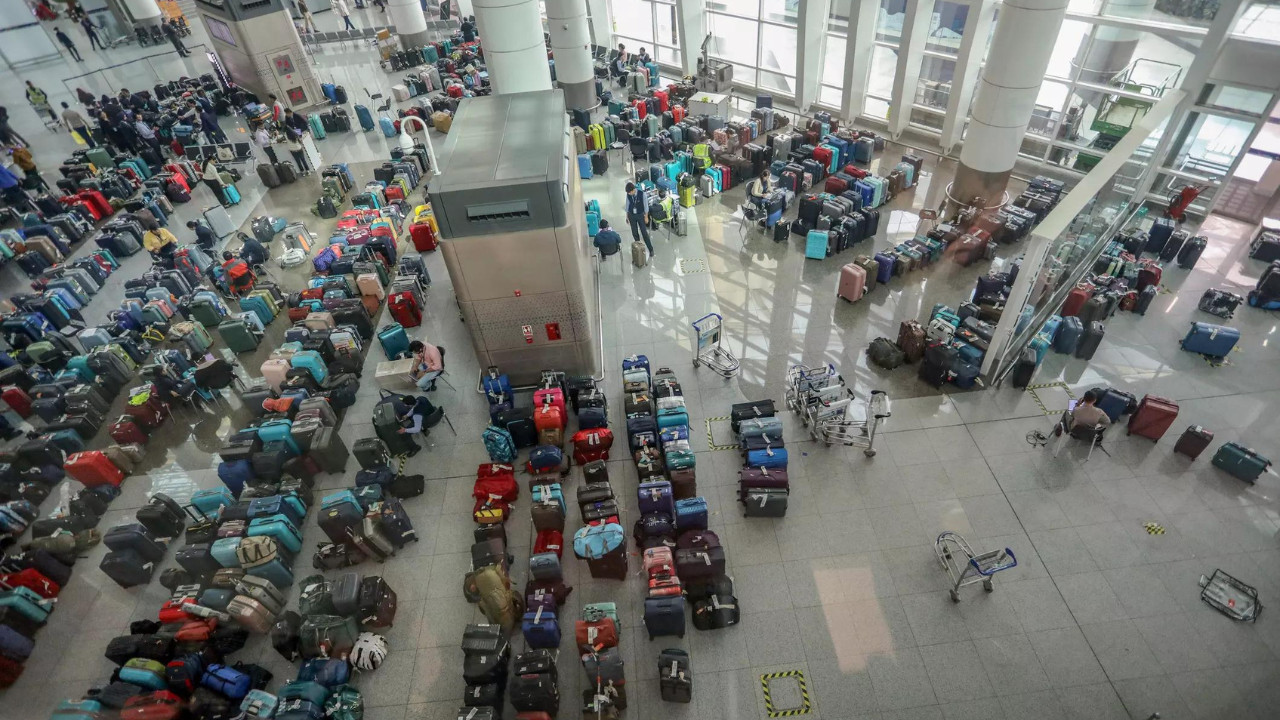Navigating the Storm: What Trump’s Tariff Hike Means for Indian Exports
Donald Trump’s proposed 50% tariff hike on imported goods has sent ripples through global markets, and India is certainly feeling the tremor. But what does this actually mean for Indian businesses, and which sectors stand to be most affected? Let’s unpack the potential fallout and see how Indian exporters might weather this storm.
The immediate reaction might be one of alarm, and understandably so. A 50% increase is a significant jump, and could render some Indian exports uncompetitive in the US market. The United States is a key trading partner for India, so changes in trade policy there are immediately felt here. Think of it like this: imagine your favorite local coffee shop suddenly doubles its prices. You might still go occasionally, but you’d likely explore other options too. The same principle applies to international trade.
Which Sectors Face the Headwinds?
Several sectors are particularly vulnerable to these proposed tariffs. The impact won’t be uniform; some industries are better positioned to adapt than others.
<img src="image-url-here.jpg" alt="Containers at an Indian port, symbolizing the challenges for Indian exporters due to potential US tariff hikes.”>
* Pharmaceuticals: India’s pharmaceutical industry has seen tremendous growth, with the US being a major market. A 50% tariff could significantly erode profit margins and potentially lead to reduced exports of generic drugs. This could impact affordability of medications for American consumers, too.
* Textiles: The textile industry, a cornerstone of the Indian economy, is also at risk. Increased tariffs could make Indian textiles less attractive compared to those from other countries with lower import duties. This poses a threat to numerous jobs and livelihoods tied to this sector.
* Gems and Jewelry: India is a major exporter of gems and jewelry, particularly diamonds. While the industry is known for its resilience, a substantial tariff increase could impact demand and profitability. Consumers might opt for lab-grown diamonds or seek alternatives from other countries.
* Engineering Goods: From automotive components to machinery, India’s engineering goods sector has been steadily growing its presence in the US market. The tariffs could stifle this growth and push US companies to source from alternative suppliers, especially if those suppliers are based in countries with existing free trade agreements with the US.
Strategies for Staying Afloat: Adapting to a New Reality
The question is not whether the tariffs will hurt, but rather how Indian businesses can adapt and mitigate the damage. What strategies can exporters employ to navigate this challenging landscape?
* Diversification is Key: Relying too heavily on a single market is always a risk. Now is the time for Indian exporters to actively explore new markets and reduce their dependence on the US. This could involve focusing on regions like Southeast Asia, Africa, and Latin America, where demand for Indian goods is growing. This also includes investigating and potentially leveraging existing free trade agreements India has with other nations.
* Enhance Competitiveness: Focusing on improving product quality, innovation, and efficiency can help Indian exporters remain competitive even with higher tariffs. This includes investing in technology, upskilling the workforce, and streamlining production processes to reduce costs.
* Negotiate and Advocate: Industry associations and government bodies need to actively engage with their US counterparts to advocate for fair trade practices and seek potential exemptions or reductions in tariffs. Diplomacy plays a crucial role in mitigating trade disputes.
* Explore Strategic Alliances: Forming joint ventures or partnerships with US-based companies could provide a way to circumvent tariffs and maintain a foothold in the market. This can allow for partial production in the US, reducing reliance on exports.
The Road Ahead: Resilience and Adaptation
The potential 50% tariff hike is undoubtedly a blow to Indian exporters. However, Indian businesses are known for their resilience and adaptability. By embracing diversification, focusing on competitiveness, and actively engaging in advocacy, they can navigate this challenging environment and emerge stronger. The situation requires a proactive approach and strategic thinking to minimize the impact and ensure continued growth in the global market. The future of Indian Indian exporters relies on swift and smart moves.
Ultimately, the true impact remains to be fully seen, but early signs suggest careful strategy and proactive adaptation will be key to maintaining and growing export success.







